Next crucial date for the Explorers was "July 18, i.e. 8 days after
they had slept at Te Pou. Page 23 was (apparently) rather short:
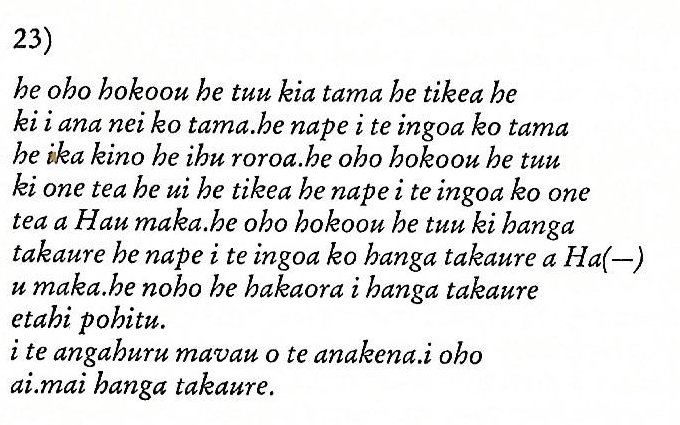
| he ea ananake.he amoamo i te kai he
oho |
Then they all got up,
carried their provisions [te kai] on their
shoulders, went straight ahead, and followed the path [he
oho i te ara] of the dream soul of Hau Maka. |
| he hakatika he oho i te ara.oho mai
era.o |
| Atiga. Angle,
corner. Mgv.: hatiga, the corner of a house;
hatiga, hatihatiga, the joints or
articulation of a limb. Mq.: fatina, hatika,
joint, articulation, link. Ta.: fatiraa,
articulation. Churchill.
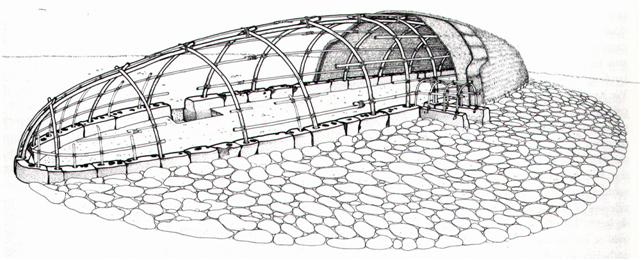 |
| te kuhane o Hau maka.he tuu ki hua
reva |
They came to Hua Reva and
said, 'This is Hua Reva A Hau Maka!'
They went on and reached [he tuu] Akahanga,
took a look at it [he ui] and looked around [he
tikea]. They said: 'This is it!' and gave the name [he
nape i te ingoa] 'Akahanga A Hau Maka'.
They went on and came to Hatinga Te Kohe and saw that
in this place the kohe plant had been broken [hati].
They all said [he ki anake], 'Here it is,
the kohe plant, troop of young men!'
This kohe plant had been broken by the feet [te
vae]of the dream soul and therefore they gave the
name 'Hatinga Te Kohe A Hau Maka'.
They went on and came to Roto Iri Are. Again [hokoou]
they said,'Here it is, Roto Iri Are' and named (the
place) 'Roto Iri Are A Hau Maka'. |
| he ki i ana nei
ko hua reva a Hau maka.he oho |
| hokoou he tuu ki akahanga he ui he
tikea.he ki |
| ki i (a)na nei
he nape i te ingoa.ko akahanga.a |
| hau maka.(h)e
oho hokoou he tuu ki hatinga te |
| kohe.he ui ko te kohe ku hati ana he
ki anake |
| i ana nei te kohe e kau a repa e tau
kohe hati |
| era i te vae o te kuhane.he
nape i te ingoa ko |
| hatinga te kohe
a Hau maka.he oho hokoou |
| he tuu ki roto iri are.he ki hokoou i
ana nei |
| a roto iri are
he nape i te ingoa ko roto iri are |
| a Hau maka. |
|
E:23 |
| he oho hokoou he tuu kia tama he
tikea he |
They went on and came to
Tama. They looked around and said, 'This is Tama.' They
gave the name 'Tama, an evil fish (he ika kino),
a very long nose (He ihu roroa).' Again they
went on and came to One Tea. They saw it, looked around,
and gave the name 'One Tea A Hau Maka'.
Then they went on and came to Hanga Takaure. There
they gave the name 'Hanga Takaure A Hau Maka'.
They made camp and rested at the Bay of Flies for a
week (etahi pohitu).
On the eighteenth day of the month of July
('Anakena'), they went on from Hanga Takaure. |
| ki i ana nei ko tama.he
nape i te ingoa ko tama |
| he ika kino he
ihu roroa.he oho hokoou he tuu |
| ki one tea he ui he tikea
he nape i te ingoa ko one |
| tea a Hau maka.he
oho hokoou he tuu ki hanga |
| takaure he nape
i te ingoa ko hanga takaure a Ha(-) |
| u maka.he
noho he hakaora i hanga takaure |
| etahi pohitu. |
| i te angahuru
mavau o te anakena.i oho |
| ai.mai hanga takaure. |
In
overview:
|
Nga Kope Ririva Tutuu
Vai |
A Te Taanga |
|
Hanga Te Pau (named
in Te Maro 1, 152) |
Ko Te Tomonga O Ira
|
|
3 Pu Mahore |
A Hau Maka O Hiva
|
|
Counting from the preceding "January 1
this was day 531 (= 365 + 166). In other words Pu
Mahore A Hau Maka O Hiva was at the position of 18
lunar synodic months. Here was 18 * 29½ = 531.
Here was 'the fish Mahore, who was in
a (water) hole to spawn'.
...
he oho mai te kuhane o hau maka.he tomo ki uta ki te
kainga.he ui te kuhane ko te mahore
ka noho i roto i te pu ...
... P
Pau.: kake, to climb, to ascend. Mgv.:
kake, the arrival of
shoals of spawning fish. Mq.: kake, to
climb up a valley ...
 |
 |
|
manu kake |
Ga3-1 (60) |
|
|
HE HURI MAI TE ARINGA
(He turned his face around)
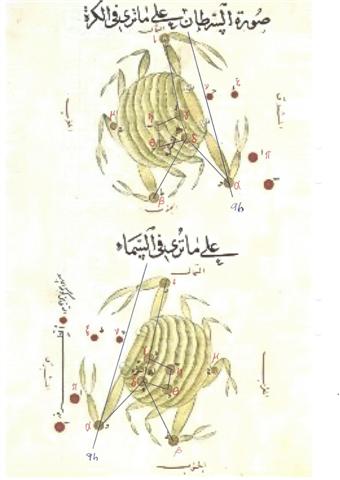 |
|
2 Poko Uri |
A Hau Maka I [Sic!]
Hiva |
|
I. 1. Preposition denoting the
accusative: o te hanau eepe i-hoa i te pureva mai
Poike ki tai, the hanau eepe threw the stones
of Poike into the sea. Te rua muraki era i a Hotu
Matu'a. the grave where they buried Hotu Matu'a. 2.
Preposition: for, because of, by action of, for reason
of..., ku-rari-á te henua i te ûa the ground is
soaked by the rain; i te matu'a-ana te hakaúru i te
kai mo taana poki huru hare, the mother herself
carries (lit.: by the mother herself the taking...) the
food for her son secluded in the house. 3. Preposition:
in, on, at (space): i te kaiga nei, on this
island. 4. Preposition: in, on (time): i mu'a,
before; i agataiahi, yesterday; i agapó,
tonight; i te poá, in the morning. 5.
Preposition: in the power of: i a îa te ao, the
command was in his power. 6. Adverb of place: here. i
au nei, I am here (also: i au i, here I am,
here). Vanaga. Î. Full; ku-î-á te kete i te kumara,
the bag is full of sweet potatoes. 2. To abound, to
be plentiful; ki î te îka i uta, as there are
lots of fish on the beach. 3. To start crying (of a
baby): i-ûi-era te ma-tu'a ku-î-á te poki mo tagi,
he-ma'u kihaho, when a mother saw that her baby was
starting to cry she would take it outside. Vanaga.
Toward; i muri oo na, to accompany. Churchill.
Ii, to deteriorate, to go bad. Churchill.
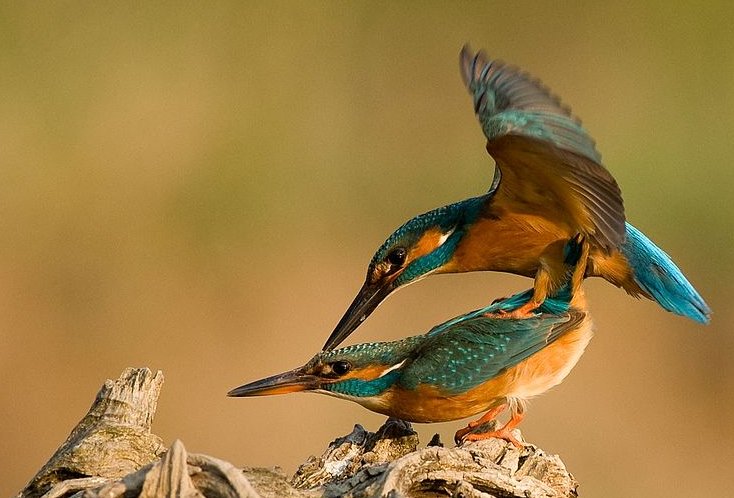 |
|
1 Te Manavai |
A Hau Maka O Hiva |
|
Manava, Abdomen, belly, (fig.)
affection, sensitivity, feelings; manava more,
grief; manava mate, infatuated, in love (with
something); ku-ká-á te manava, flared up,
infuriated, irate; he-kava te manava, offended,
to turn sour, embittered. See also hatu (manava
hatu). Vanaga. Belly, abdomen, entrails, interior;
manava ahuahu, indigestion; manava hanohano,
high tempered, to annoy; manava itiiti, frugal;
manava karavarava, colic; manava mate, to
be in ecstasy, passion, intensity of affection;
manava more, to desolate; manava ninihi,
colic; manava nuinui, appetite; manava pagaha,
affected, to complain; manava rakerake, bad
character; manava riri, anger; manava ru,
complaint; manava ruru, alarm, consternation,
emotion, swoon; manava tagi, eager; manava
tiha, out of breath; manava topa ki raro,
humble, to humiliate; manava vai, simpleton, to
have dull senses; meniri ko manava, little
finger; kakari manavai,
waist; manava eete, to shudder, to
tremble, to astonish; anger, fright, consternation;
manava eete ki te mau mea ananake,
susceptible; eete manava, affected, moved;
manava pohi, hasty, cruel, penitent; contrition,
indignation; kokoma hanohano manava pohi, to
abhor; manava pohi nunui ke, implacable. P Pau.:
manava, the interior, affected, touched. Mgv.:
manava, the belly, spirit, conscience. Mq.:
menava, respiration, pulse. Ta.: manava,
belly, entrails. Churchill. |
|
Te Kioe Uri (named in
Te Maro 15, 166) |
A Hau Maka |
|
Te Piringa Aniva
(named in Te Maro 15, 166) |
- |
|
Te Pei (named in Te
Maro 15, 166) |
A Hau Maka |
|
Te Pou (named in Te
Maro 15, 166) |
A Hau Maka |
|
Hua Reva |
A Hau Maka O Hiva
|
|
Akahanga (named by
all) |
|
Hatinga Te Kohe
(named by all) |
|
Roto Iri Are (named
by all) |
|
Tama He Ika Kino He
Ihu Roroa (named by all) |
|
One Tea
(named by all) |
A Hau Maka O Hiva |
|
Hanga Takaure
(named by all) |
|
Poike |
|
Pua Katiki |
|
Maunga Teatea |
|
Mahatua |
|
Taharoa |
|
Hanga Hoonu |
|
Rangi Meamea |
|
Peke Tau O Hiti |
|
Maunga Hau Epa |
|
Oromanga |
|
Hanga Moria One |
|
Papa O Pea |
|
Ahu Akapu |
|
Te
Pito O Te Kainga |
When the Full Moon reached the water jug of Aquarius (Situla)
this was a sign that their week of rest in Hanga Takaure
was coming to a close:
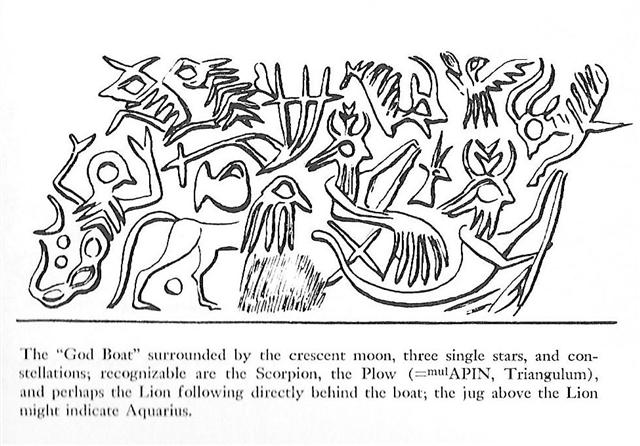
|
ST
JOHN'S DAY |
JUNE 25 |
26 (177) |
27 |
 |
 |
 |
 |
 |
|
Ga4-12 |
Ga4-13
→
14 * 29½ |
Ga4-14 |
Ga4-15 |
|
p Carinae (159.3) |
φ Hydrae (160.3) |
no star
listed (161) |
VATHORZ POSTERIOR = θ Carinae
(162.1),
PEREGRINI = μ Velorum,
η Carinae
(162.6) |
|
... This [η
Carinae] is one of the most noted objects in the
heavens, perhaps even so in almost prehistoric
times, for Babylonian inscriptions seem to refer to
a star noticeable from occasional faintness in its
light, that Jensen thinks was η.
And he claims it as one of the temple stars
associated with Ea, or Ia, of Eridhu¹, the Lord of
Waters, otherwise known as Oannes², the mysterious
human fish and greatest god of the kingdom.
¹ Eridhu, or Eri-duga, the Holy
City, Nunki, or Nunpe, one of the oldest cities in
the world, even in ancient Babylonia, was that
kingdom's flourishing port on the Persian Gulf, but,
by the encroachment of the delta, its site is now
one hundred miles inland. In its vicinity the
Babylonians located their sacred Tree of Life.
² Berōssōs described Oannes as
the teacher of early man in all knowledge; and in
mythology he was even the creator of man and the
father of Tammuz and Ishtar, themselves associated
with other stars and sky figures. Jensen thinks
Oannes connected with the stars of Capricorn;
Lockyer finds his counterpart in the god Chnemu of
Southern Egypt; and some have regarded him as the
prototype of Noah ...
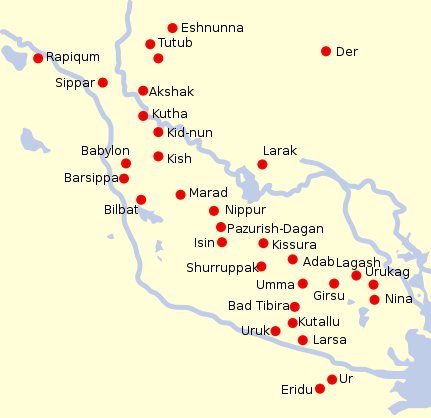 |
|
Aug
27 |
28 (240) |
29
(*161) |
30 |
|
°Aug
23 |
24 (236
= 8 * 29½) |
25 (*157) |
26 |
|
'July 31 |
'Aug
1 |
2 (214) |
3 (*500) |
|
"July 17 |
18 →
Te Anakena 18 |
19 (200) |
20
(*121) |
|
NAKSHATRA DATES: |
|
CHRISTMAS EVE |
DEC 25 |
26 (360) |
27 |
|
η Aquarii (342.1), σ Gruis (342.4),
SITULA
(Water-jar) = κ Aquarii
(342.7)
*301.0 = *342.4 - *41.4 |
ε Piscis Austrini (343.5), ο Pegasi, β Gruis (343.8) |
ρ Gruis (344.0),
MATAR (Rain) = η Pegasi
(344.2), η Gruis (344.6), β Oct. (344.7) |
λ Pegasi (345.0), ξ Pegasi (345.1), ε Gruis (345.3),
τ Aquarii (345.7), ξ Oct. (345.8), μ Pegasi (345.9) |
|
Febr
26 |
27 (58 =
2 * 29) |
28 (424) |
March 1
(*345) |
|
°Febr 22 |
TERMINALIA |
24 (55) |
25 |
|
'Jan
30 (*315) |
31 |
'Febr 1 (32) |
2 |
|
"Jan
16 (*301) |
17 |
18 (383) |
19 |
At the time of the Bull the Jar of Aquarius had been at
the Full Moon in ST JOHN'S DAY.
... The evening of 23 June, St. John's
Eve, is the eve of celebration before the Feast Day of Saint
John the Baptist. The Gospel of Luke (Luke 1:36, 56-57)
states that John was born about six months before Jesus;
therefore, the feast of John the Baptist was fixed on 24
June, six months before Christmas Eve ...
|
Egyptian hand |
 |
Phoenician kaph |
 |
Greek
kappa |
Κ (κ) |
|
Kaph is thought to have
been derived from a pictogram of a hand (in both
modern Arabic and modern Hebrew, kaph
means palm/grip) ...
... The
manik, with the tzab, or serpent's
rattles as prefix, runs across Madrid tz. 22 ,
the figures in the pictures all holding the
rattle; it runs across the hunting scenes of
Madrid tz. 61, 62, and finally appears in all
four clauses of tz. 175, the so-called 'baptism'
tzolkin. It seems impossible, with all this, to
avoid assigning the value of grasping or
receiving. But in the final confirmation, we
have the direct evidence of the signs for East
and West. For the East we have the glyph
Ahau-Kin, the Lord Sun, the Lord of Day; for
the West we have Manik-Kin, exactly
corresponding to the term Chikin, the
biting or eating of the Sun, seizing it in the
mouth.



The pictures (from Gates) show
east, north, west, and south; respectively (the
lower two glyphs) 'Lord' (Ahau) and
'grasp' (Manik). Manik was the 7th
day sign of the 20 and Ahau the last ... |
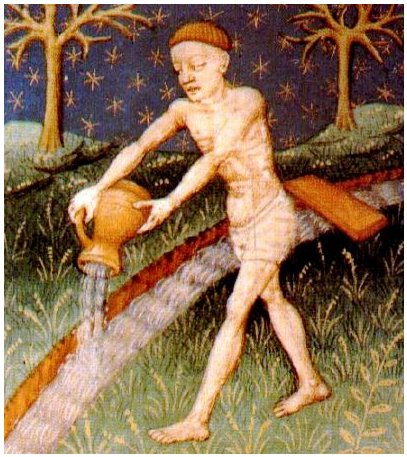
|













